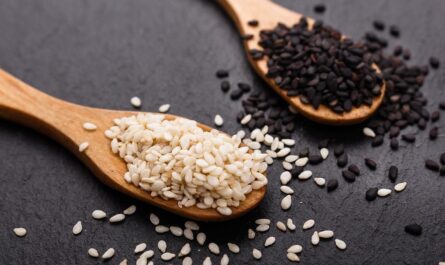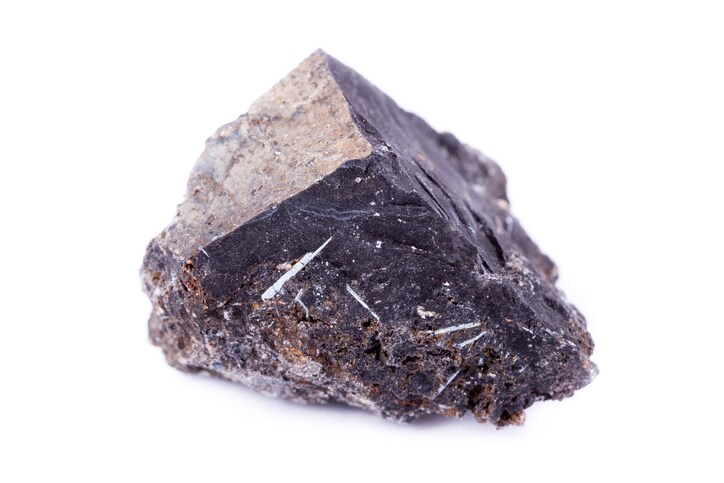What are In-mold Labels?
In-mold labels (IML) are decorative plastic labels that are molded directly onto packaging during the production process. IMLs become an integral part of the molded container during production and are not applied as a secondary operation like pressure-sensitive labels. This results in a durable, watertight bond between the label and container.
The In-mold Labeling Process
The IML process begins with printing the desired graphics, text, and barcodes onto a thin polypropylene or polyethylene film. This label film is then placed inside an injection molding tool or blow mold before plastic is injected or blown into the cavity. As the plastic is injected or blown in, it fuses with the back of the IML film through heat and pressure.
Once cooled, the now molded container is ejected from the tool with the label permanently bonded to it. No adhesives are needed since the IML becomes an integral part of the final product during molding. This one-step process allows variations in container size, shape, and thickness without compromising label performance.
Benefits of In-mold Labeling
Durability
With the IML fused directly to the package, it cannot peel, fade, or wear off like traditional pressure-sensitive labels. This makes IMLs highly durable and suitable for applications that require withstanding extreme weather, abrasion, chemical exposures, and rigorous product handling.
Customizability
IMLs allow for unlimited variation in label design, graphics, text placement, and even interactive features like RFID tags and Braille. Complex container shapes, textures, and surface variations are no problem for IMLs.
Tamper Evidence
Since removing an IML would destroy the container itself, they provide strong tamper evidence out of the box. This is ideal for applications in food, beverage, cosmetics and pharmaceutical packaging.
Sustainability
IMLs reduce waste by eliminating the release liner from traditional pressure-sensitive labels. They also forgo adhesives, making the labeled containers easily recyclable as #1 PET or #5 PP plastic.
Aseptic Applications
The seamless bond created during molding makes IMLs suitable for filling non-sterile products like milk, juice and water. There are no glue lines or gap for bacterial growth compared to glued-on labels.
Types of In-mold Labels
In-mold does come in a variety of styles depending on the specific needs of an application. Here are some of the common IML types:
– Standard IML: The basic style with graphics printed directly onto the polypropylene or polyethylene film. It has a glossy surface and is the most commonly used type.
– Wrap-around IML: Forms a continuous label that wraps around the entire circumference of a container like a bottle or can for full coverage.
– Tamper-evident/child-resistant IML: Has printed tamper bands or frangible zones that must be broken to open the packaging.
– RFID IML: Integrated with radio-frequency identification technology for uses like product tracking and authentication.
– Special effect IML: Capable of replicating textures, holograms, Braille, colored inks and other value-added design elements.
– Multilayer IML: Made by laminating different label films for graphics, colors and special functional properties into a single composite label.
Applications of In-mold Labeling
Plastic Bottles
Almost all plastic bottles on the market today use IML technology. Beverage bottles for water, soda, juices are prime examples utilizing the durability and customization benefits of IML.
Rigid Plastic Containers
IMLs are well-suited for association with rigid clamshells, hinged containers and pots commonly used in food, consumer and healthcare packaging.
Blister Packs
Some over-the-counter medicines, small electronics and toys use IMLs on plastic thermoformed blister packs for their tamper resistance.
Automotive & Industrial Parts
Complex parts like car interior trims, batteries and more employ IML identification for traceability through the supply chain.
Household Containers
Many reusable containers for food storage, lunch boxes and stationary use IMLs for the logo, graphics and messages on their surfaces.
As sustainable and customized packaging demands grow, IML technology will play an even greater role in the years ahead. New developments are making IML films recyclable and suitable for compostable and biodegradable plastics. Interactive capabilities could integrate technologies like e-labels. With continued innovation, IMLs have a bright future in packaging for consumer goods and many other industries requiring decoration, identification and information transfer.



